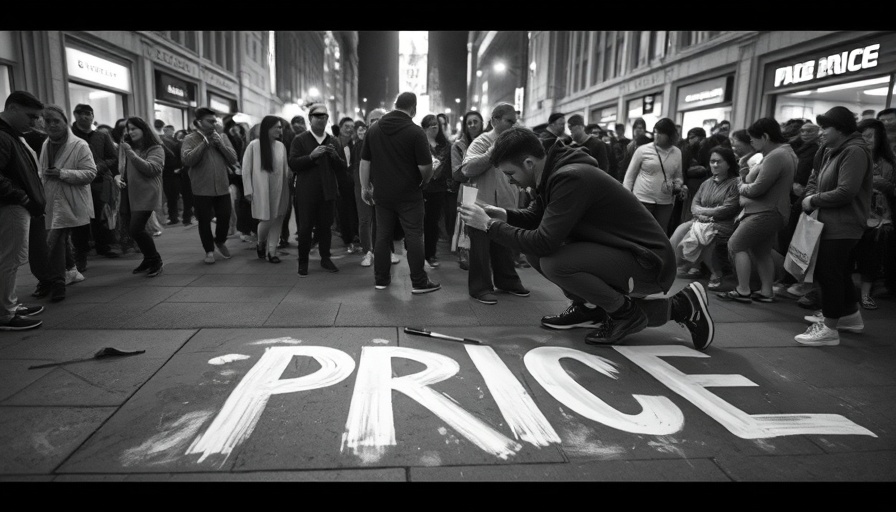
Revitalizing Your Brand: A Necessity for Business Owners
In today's fast-paced consumer landscape, many iconic brands find themselves struggling to maintain relevance. For business owners, understanding the strategies used by brands like CoverGirl and Burberry to revitalize their image can provide valuable lessons. These brands operate in distinct markets yet share a common commitment to their core values and missions, which has been pivotal for their successful turnarounds.
Recognizing the Signs of Decline
The first step in any revival strategy is to recognize when a brand is flailing. Businesses must assess not just financial performance but also customer perception and market position. Recognizing that a brand is on the wrong track—potentially losing market share or customer loyalty—often serves as a wake-up call. This critical awareness can inspire the needed actions to reverse declining fortunes before it’s too late.
Effective Strategies to Halt the Downward Trend
Once a problem has been identified, it's crucial to develop a clear action plan. Stopping the bleeding requires an organization-wide effort focused on discipline—both financially and operationally. Delve deeply into the core of what makes the brand unique. What are its distinctive attributes? Is the message consistently aligned with consumer expectations? Repairing a damaged brand begins with a thorough reevaluation of its foundational elements.
The Importance of a Brand’s Core
Every successful resurgence centers on the unwavering focus on a brand’s core. For brands in distress, this means not only defending but also celebrating their distinguishing traits. Understanding the essence of the brand helps to create messaging that resonates with consumers. Business owners should engage actively with their customer base to clarify what they value most about their brand and reinforce these connections to rejuvenate loyalty.
Adapting to a Changing Market
As consumer preferences evolve, so too must the strategies of a business. Adopting a flexible approach allows brands to pivot when necessary, updating their identity and operations in line with market demands. To thrive, a brand cannot merely react; it has to anticipate shifts and respond proactively, ensuring it remains contemporary and engaging.
Conclusion: The Path to Success
In conclusion, revitalizing a declining brand is not merely a choice but a necessity for business owners keen on survival and success in a competitive landscape. By stopping the decline, firmly anchoring in brand values, and adapting to evolving consumer preferences, businesses can create a turnaround plan that positions them for sustainable growth. The journey may be challenging, but the rewards of a successful brand revival are immense.
 Add Row
Add Row  Add
Add 




 Add Row
Add Row  Add
Add 

Write A Comment